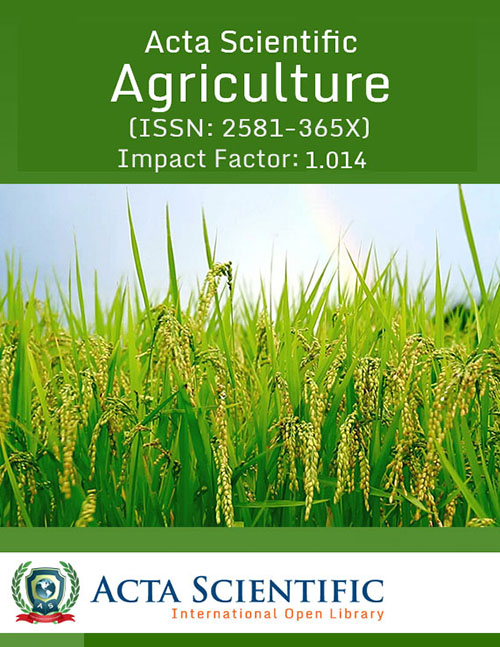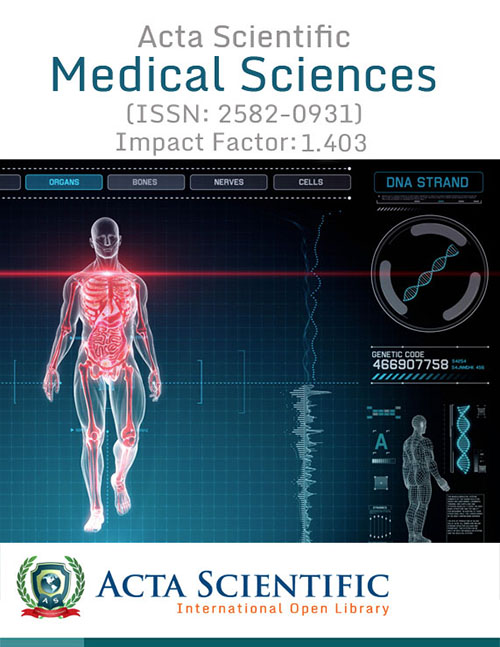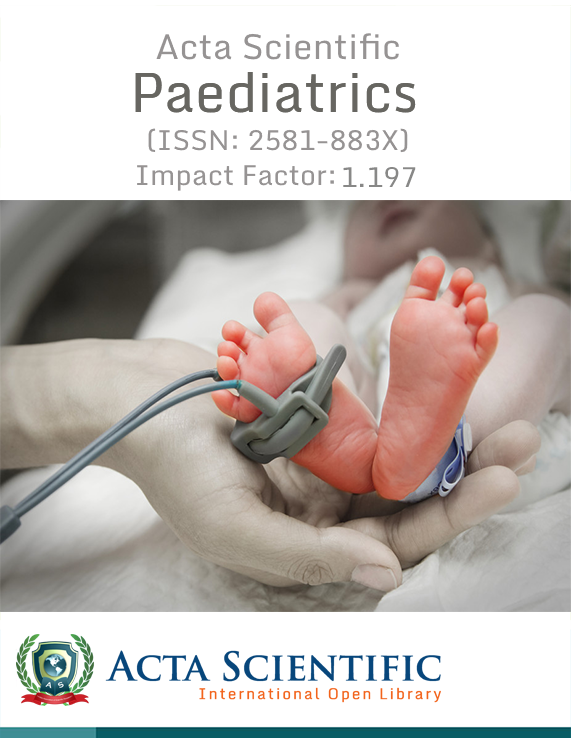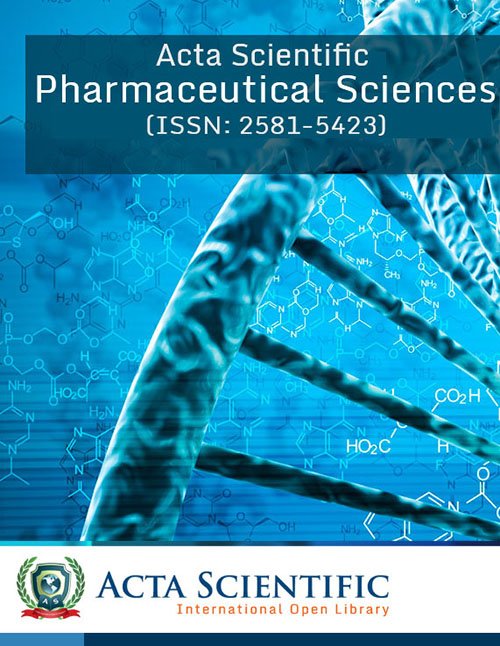Acta Scientific Ophthalmology (ASOP)
Mini Review Volume 3 Issue 6
Raju Kaiti1*, Asik Pradhan2, Ranjila Shyangbo3, Manish Dahal4 and Bishal Hamal4
1Consultant Optometrist, M. Optom, Nepal Eye Hospital, Kathmandu, Nepal
2HDR Candidate, Queensland University of Technology, Brisbane, Australia
3Optometry Student, 3rd year, National Academy of Medical Sciences, Kathmandu,
Nepal
4Consultant Optometrist, B. Optom, Nepal Eye Hospital, Kathmandu, Nepal
*Corresponding Author: Raju Kaiti, Consultant Optometrist, M. Optom, Nepal Eye Hospital, Kathmandu, Nepal.
Received: April 10, 2020; Published: May 18, 2020
Myopic degeneration is a condition characterized by the progressive expansion of the eyeball axial length which is not stabilized during the adulthood, causing a progressive degeneration. These changes result in visual impairment, changes in contrast sensitivity, reduced dark adaptation, visual field changes and electrophysiological changes. This causes extremely high amount of nearsightedness causing a major alteration of the shape or globe of the eye, which may lead to profound visual loss. The etiology of myopic degeneration is still not clear, but the influence of genetic and environmental factors has been increasingly recognized. This disease is a subtype of high myopia, which is characterized for refractive values lower than -6 diopters and axial length greater than 26.5 mm. The prevalence of degenerative myopia is almost about 2% worldwide. Myopic degeneration may lead to visual impairment and hence low vision management and rehabilitation should be considered in these cases.
Keywords: Pathological Myopia; Myopic Degeneration; Visual Impairment; Low Vision; Blindness; Low Vision Rehabilitation
References
- Dan Roberts. “Degenerative Myopia”. Eye Conditions (2007).
- Richard L Brilliant. “Essentials of Low Vision Practice”: 96-97.
- Tang J., et al. “Pathology of Macular Foveoschisis Associated with Degenerative Myopia”. Journal of Ophthalmology 4 (2010): 4.
- Hayashi K., et al. “Long-term Pattern of Progression of Myopic Maculopathy A Natural History Study”. Ophthalmology 117 (2010): 1595-U174.
- Brasil OF., et al. “Fundus changes evaluation in degenerative myopia”. Arquivos Brasileiros de Oftalmologia 69 (2006): 2.
- Holden BA., et al. “Impact of increas-ing prevalence of myopia and high myopia”. In: HoldenBA, ed. Report of the Joint World Health Organization -Brien Holden Vision Institute Global Scientific Meeting on Myopia. Sydney: University of New South Wales (2015).
- Richard L Windsor and Laura K Windsor. “Understanding vision loss from pathological myopia”. Vision enhancement magazine (2014).
- "Scientists close to identifying myopia gene." Chemistry and Industry (2004): 7.
- Naiglin L., et al. “Familial high myopia: evidence of an autosomal dominant mode of inheritance and genetic heterogeneity”. Annals of Genetics3 (1999): 140-146.
- Brian Ward. “Degenerative Myopia: A review of its Nature and Current Treatment”. Eye Conditions (2011).
- Saw SM., et al. “Epidemiology of myopia”. Epidemiologic Reviews 18 (1996): 175-187.
- Spertudo R D., et al. “Prevalence of myopia in the United States”. Archives of Ophthalmology 101 (1983): 405-407.
- Dayan YB., et al. “The changing prevalence of myopia in young adults: a 13‐year series of population‐bases prevalence surveys”. Investigative Ophthalmology and Visual Science 462 (2005): 760-2765.
- Kaiti R., et al. “Pattern and Prevalence of Refractive Error and Secondary Visual Impairment in Patients Attending a Tertiary Hospital in Dhulikhel, Nepal”. Kathmandu University Medical Journal 2 (2018): 114-119.
- Hsu W M., et al. “Prevalence and causes of visual impairment in an elderly Chinese population in Taiwan. The Shihpai Eye Study”. Ophthalmology 11 (2004): 162-169.
- Steidl SM and Pruett RC. “Macular complications associated with posterior staphyloma”. American Journal of Ophthalmology 123 (1997): 181-187.
- Curtain BJ. “Myopia: a review of its etiology, pathogenesis and treatment”. Survey of Ophthalmology 15 (1970): 1.
- Ohno-Matsui K., et al. “International photographic classification and grading system for myopic maculopathy”. American Journal of Ophthalmology 5 (2015): 877-883.
- Verkicharla PK., et al. “Current and predicted demographics of high myopia and an update of its associated pathological changes”. Ophthalmic and Physiological Optics 5 (2015): 465-475.
- Morgan IG., et al. “Myopia”. Lancet 379 (2013): 1739-1748.
- Carly Sin Yin Lam., et al. “Defocus Incorporated Soft Contact (DISC) Lens wear slows childhood myopia progression”. British Journal of Ophthalmology 98 (2014): 40-45.
- P Sankaridurg., et al. “Decrease in rate of myopia progression with a contact lens designed to reduce relative peripheral hyperopia”. Investigative Ophthalmology and Visual Science 52(2011): 9362-9367.
- Klaus Trier and Soren Munk Ribe. “Effect of 7-methylxanthine on eye growth in myopic children”. Ophthalmic and Physiological Optics 26 (2006).
- Corn AL and Koenig AJ. “Foundations of low vision: clinical and functional perspectives”. New York, AFB Press 3 (2000): 43-52.
- Raju Kaiti. “Uncorrected Refractive Error and Associated Childhood Visual Impairment – Any new steps for prevention?” Ophthalmology and Vision Science 4 (2017): 167-170.
Citation
Citation: Raju Kaiti., et al. “Myopic Degeneration and it’s Low Vision Management- A Review”. Acta Scientific Ophthalmology 3.6 (2020): 13-17.
Copyright
Copyright: © 2020 Raju Kaiti., et al. This is an open-access article distributed under the terms of the Creative Commons Attribution License, which permits unrestricted use, distribution, and reproduction in any medium, provided the original author and source are credited.
Journal Menu
Metrics
News and Events
- Publication Certificate
Authors will be provided with the Publication Certificate after their successful publication - Last Date for submission
Authors are requested to submit manuscripts on/before January 23, 2025, for the Second issue of 2026.


















